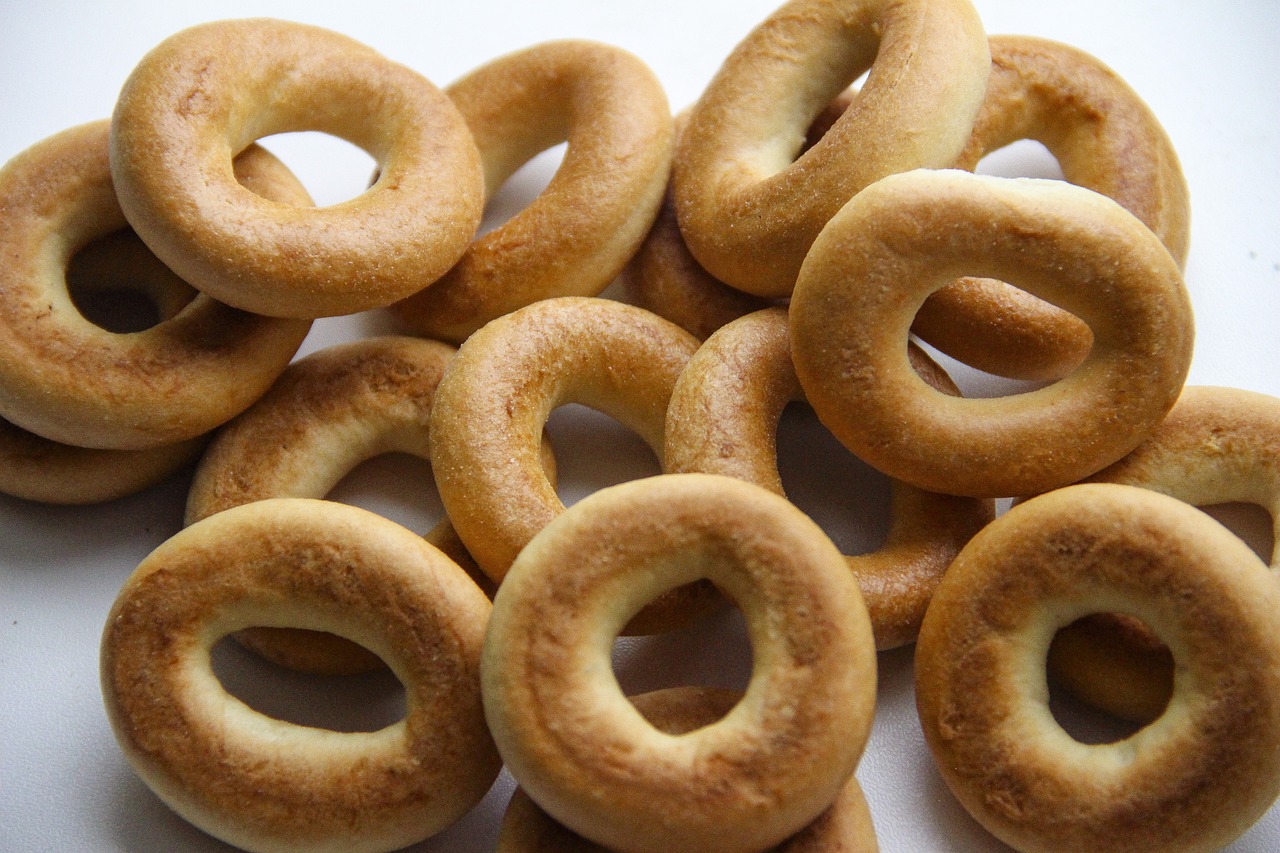Digital art is at the forefront of innovation, continuously evolving as emerging trends redefine the landscape of artistic expression. Among these developments, image style transfer stands out, offering artists groundbreaking ways to blend and transform visual elements across different artworks. This technique enriches the creative process and opens up new avenues for artists to experiment with and reinterpret their work, pushing the boundaries of traditional art forms.
Coupled with advancements in software and hardware and the integration of AI and virtual reality, the digital art scene is experiencing a renaissance. Artists are now empowered to explore uncharted territories of creativity, making the current period an exciting time for creators and audiences in the digital art world. Read about some of the emerging trends in digital art hereunder.
Integration of 3D Modeling and Rendering
One of the major trends in digital art is the integration of 3D modeling and rendering techniques. Artists can now create more lifelike and intricate 3D artworks than ever before. With advanced software, artists can simulate realistic textures, lighting, and environments, bringing a new level of depth and realism to their creations.
This trend is not just about creating hyper-realistic images; it also opens up a world of imaginative possibilities. Artists can create fantastical scenes and characters that blur the line between reality and imagination. This fusion of realism and creativity leads to a new wave of stunning and immersive digital artworks.
Rise of Virtual and Augmented Reality Art
Virtual Reality (VR) and Augmented Reality (AR) are also becoming increasingly popular in digital art. These technologies allow artists to create immersive experiences where viewers can interact with the art in a three-dimensional space. VR and AR art is not just visually engaging; it’s an entirely new way of experiencing art.
Artists are exploring these mediums to create interactive installations and performances. This trend is changing the way art is consumed, moving away from passive observation to active participation. As VR and AR technology becomes more accessible, we can expect to see more artists embracing these mediums to create unique and engaging experiences.
Artificial Intelligence and Creativity
Artificial Intelligence (AI) is another trend making waves in digital art. AI, particularly through image style transfer, allows artists to blend different artistic styles or create new ones. This technology uses algorithms to analyze and replicate styles from various artworks, enabling artists to transform their creations uniquely.
AI is not only a tool for style transformation but also for generating original art. Some artists collaborate with AI to create pieces combining human creativity with algorithmic complexity. This partnership is leading to the creation of artworks that were previously unimaginable.
Digital Collage and Mixed Media
Digital collage and mixed media are also trending in digital art. Artists combine traditional art techniques with digital elements to create layered, textured compositions. This approach allows for a diverse range of styles and materials to be combined, resulting in unique and complex artworks.
Digital collage is particularly popular because it allows artists to blend photography, painting, and other art forms seamlessly. This technique leads to a resurgence in collage art, reimagined for the digital age.
Eco-Friendly Digital Art Practices
Sustainability is becoming an important consideration in digital art. As awareness of environmental issues grows, artists are looking for ways to create eco-friendly art. Digital art, by nature, is a more sustainable option as it often requires less physical material and produces less waste.
Furthermore, artists are using their platforms to raise awareness about environmental issues. Eco-themed digital artworks and installations are becoming more common, using art to communicate important messages about sustainability.
Adobe says, “Upload your image to generate images in your unique style. Or apply a style reference from the curated gallery, which includes dozens of options in several categories, including Watercolor, Pencil, 3D, Neon, Landscapes, Texture, and more.”
The field of digital art is evolving rapidly, with trends like 3D modeling, VR and AR, image style transfer, digital collage, and eco-friendly practices shaping its future. These trends are not just changing the techniques artists use; they are expanding the definition of art. As technology advances, we can expect digital art to keep pushing the boundaries of creativity and innovation.






